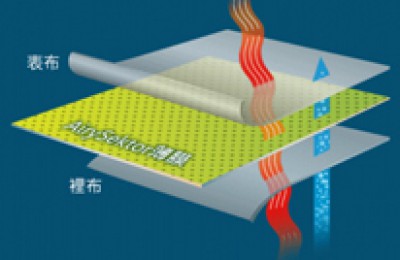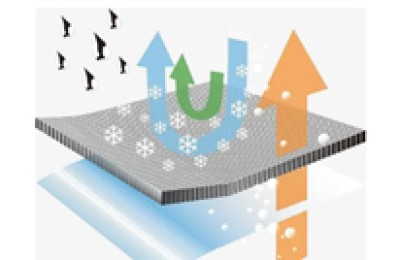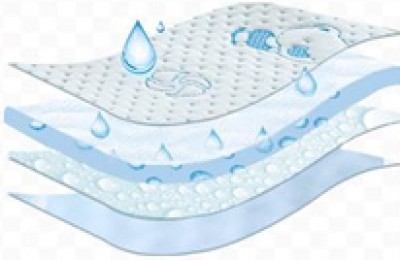After nine years of negotiation, the China-Australia Free Trade Agreement will be implemented in the near future.
On November 17, 2014, President Xi Jinping held talks with Australian Prime Minister Abbott in Canberra. The two sides announced the substantial conclusion of the nine-year free trade agreement negotiations. Reporters have received news that Minister of Commerce Gao Hucheng will go to Australia in the near future and the China-Australia Free Trade Agreement will be signed as soon as this week. As the 12th largest economy in the world, Australia will become the largest developed economy to sign a free trade agreement with China. According to the agreement, by 2019, 93% of China’s total imports from Australia will be subject to zero tariffs.
The Australian Ambassador to China, Sun Fang’an, said in a previous interview with the media that the China-Australia Free Trade Agreement is expected to be officially signed before the end of June this year and come into effect before the end of this year.
Australian products to China will achieve zero tariffs
With the signing of the China-Australia Free Trade Agreement, many Australian local industries will receive direct benefits.
According to the results of previous negotiations, Australia’s tariffs on all Chinese products will eventually be reduced to zero, and China’s tariffs on most Australian products will eventually be reduced to zero; in the service field, both sides have made high-quality opening commitments to each other covering many sectors; in investment In the field of cooperation, the two sides will grant each other most-favored-nation treatment from the effective date of the agreement, while significantly lowering the threshold for corporate investment review and increasing market access opportunities, predictability and transparency for corporate investment. The scope of the agreement covers more than ten fields such as trade in goods, trade in services, investment and rules, and includes “21st century economic and trade issues” such as e-commerce and government procurement.
Tyron Jones, chairman of the Dairy Farmers Union of Victoria, Australia, said in a previous interview with Xinhua News Agency that the China-Australia Free Trade Agreement can help the industry save more than 630 million Australian dollars (approximately 3.39 billion yuan) in tariffs in the next 10 years. In addition to dairy products, the agreement will also give zero-tariff benefits to Australian crops such as rice, wheat, wool and cotton.
For the Australian brewing industry, the agreement also gives room for imagination. A Chinese student who has just finished her studies in Sydney told reporters that because of the good expectations brought about by the China-Australia Free Trade Agreement, she will stay in Australia and start a business with her family to export Australian red wine to China. Data shows that despite the current tariffs of 14% to 30%, China still imports alcoholic products from Australia worth more than 200 million Australian dollars every year, and such tariffs will also be gradually eliminated in the next four years.
In addition, the current 3% tariff on coking coal will be waived immediately, the 6% tariff on thermal coal will be waived within the next two years, and the recently imposed coal import tax on Australia will also be waived within the next two years.
China’s manufacturing industry may benefit the most
The complementarity of the economic structures of China and Australia provides huge space for economic and trade cooperation between the two parties.
Chinese Ambassador to Australia Ma Zhaoxu recently published a signed article stating that the bilateral free trade agreement is about to be officially signed, approved and implemented, which will inject new impetus into improving the level of China-Australia economic and trade relations. According to forecast data for 2013, after the implementation of the China-Australia Free Trade Agreement, the increase in trade between the two countries will exceed US$16 billion, accounting for approximately 10% of the bilateral trade volume in 2013.
Ma Zhaoxu believes that although factors such as the slowdown in China’s economic growth and the decline in global primary product prices have posed challenges to the Australian economy, China’s industrialization and urbanization process is long-term, and the demand for steel is rigid. Australian iron ore is in China still has huge market potential. In 2014, Australia’s iron ore exports to China reached a record high of 548 million tons, a year-on-year increase of 31.6%. Currently, Australia is also promoting economic transformation. As China adjusts its economic structure, demand for services, agriculture, finance, new technologies and other fields will increase significantly, and Australia has advantages in these fields.
In fact, looking south from the strategic perspective of the “Belt and Road Initiative”, one of the key directions of the “21st Century Maritime Silk Road” is from China’s coastal ports through the South China Sea to the South Pacific. Australia is an important country along the “21st Century Maritime Silk Road”. In terms of economy, technology, capital, infrastructure construction and other aspects, China and Australia have huge room for complementary advantages.
A research report pointed out that compared with the tariff preferences for raw materials, agricultural products and services exported by Australia in the free trade agreement, China will benefit most from the agreement in the manufacturing industry, especially textiles, clothing, toys and sports equipment. Manufacturing Industry. These benefits will be gradually realized within 10 years.
What does the agreement include?
Australia’s tariffs on all Chinese products will eventually be reduced to zero, and China’s tariffs on most Australian products will eventually be reduced to zero; in the service field, each other has made high-quality opening-up commitments to each other covering many sectors; in the investment field , the two sides will grant each other most-favored-nation treatment from the effective date of the agreement, while significantly lowering the threshold for corporate investment review and increasing market access opportunities, predictability and transparency for corporate investment.
The negotiated China-Australia Free Trade Agreement is about to be implemented
After nine years of negotiation, the China-Australia Free Trade Agreement will be implemented in the near future. On November 17, 2014, President Xi Jinping held talks with Australian Prime Minister Abbott in C…
This article is from the Internet, does not represent Composite Fabric,bonded Fabric,Lamination Fabric position, reproduced please specify the source.https://www.yjtextile.com/archives/12132



